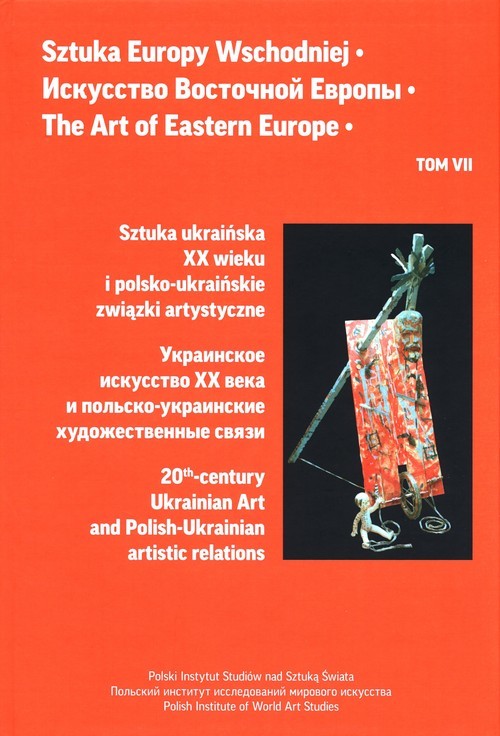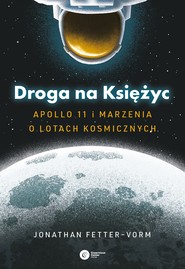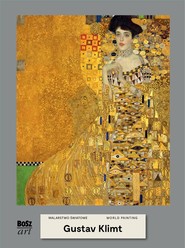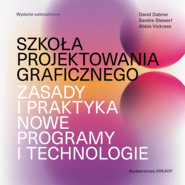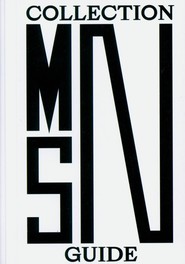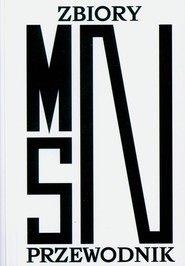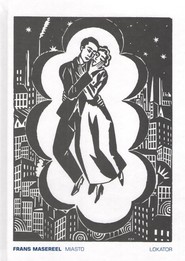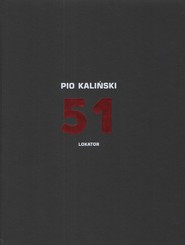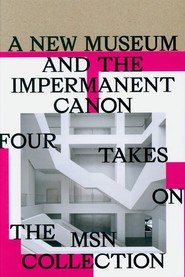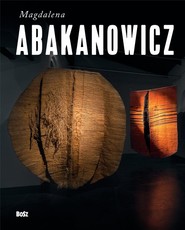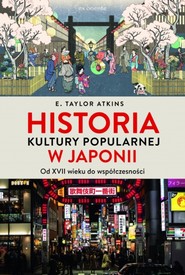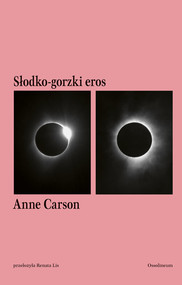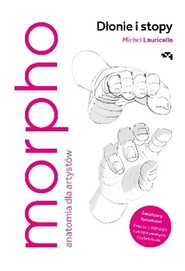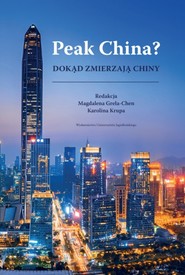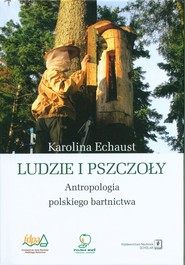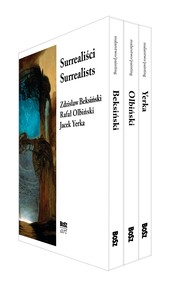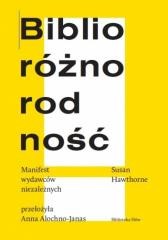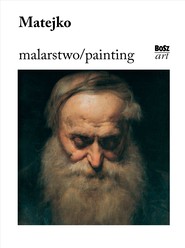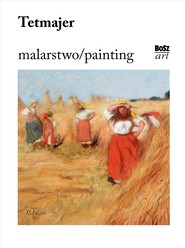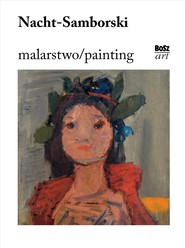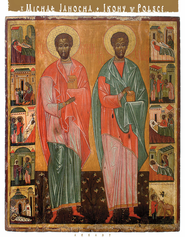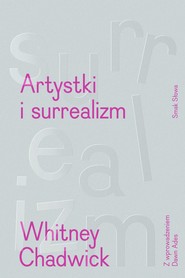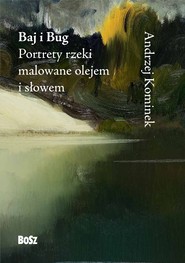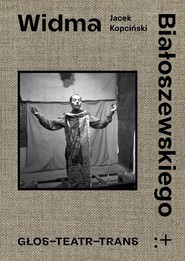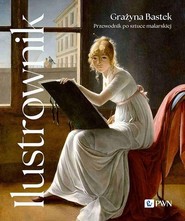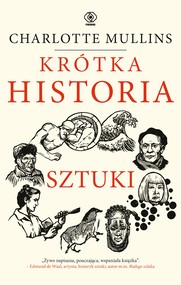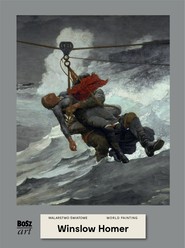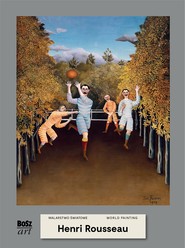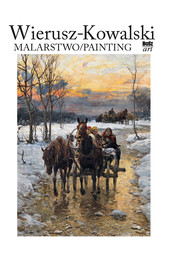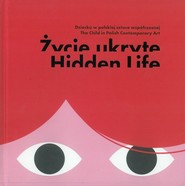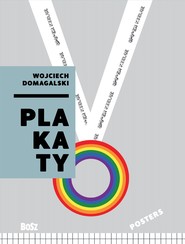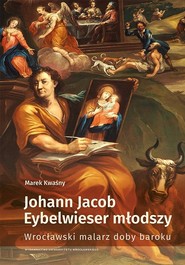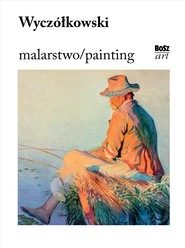Opis treści
Rocznik Sztuka Europy Wschodniej, założony w 2013 roku przez Polski Instytut Studiów nad Sztuką Świata w Warszawie, jest międzynarodowym pismem naukowym, poświęconym sztuce i kulturze artystycznej Europy Środkowo-Wschodniej i Wschodniej, zwłaszcza od XVIII wieku do współczesności. Publikowane są w nim materiały z konferencji i studia problemowe, dotyczące kluczowych zagadnień sztuki regionu i jego związków z innymi kręgami kulturowymi.
Tom VII rocznika nosi tytuł Sztuka ukraińska XX wieku i polsko-ukraińskie związki arystyczne. Zawiera on artykuły obejmujące problematykę całego wieku XX i materiał z zakresu różnych dziedzin sztuki od impresjonistycznego i symbolistycznego malarstwa, secesyjnej i modernistycznej architektury, tendencji sztuki narodowej i poszukiwań nowego stylu przez awangardową sztukę lat 20. i na emigracji, by poprzez nurty realistyczne czasów socrealizmu dojść do sztuki w lat 60. i 70., w których pojawiły się nowe opozycyjne tendencje, obejmujące artystyczne „podziemie”, rozszerzające zjawiska sztuki o eksperymenty fotograficzne i wykorzystanie nowych mediów.
The yearbook The Art of Eastern Europe, established in 2013 by the Polish Institute of World Art Studies in Warsaw, is an international scientific journal dedicated to the art and artistic culture of Central-Eastern and Eastern Europe, primarily from the XVIII century to the present. It publishes materials from conferences as well as topical studies dedicated to important issues of art of the region and its relationships with other cultural circles.
The 7th volume of the annual is titled 20th-century Ukrainian Art and Polish-Ukrainian artistic relations. It contains articles that cover issues spanning the whole century and material from various fields of art: from Impressionist and Symbolist painting, Art Nouveau architecture, national trends in art and a quest for a new style, through avant-garde art of the 20th century and in emigration, through the realistic trends of the Socrealism to reach the art of the 1960s and 1970s, when the new oppositional trends emerged that included the artistic “underground” and expanded the art phenomena with the photographic experiments and use of the new media.


